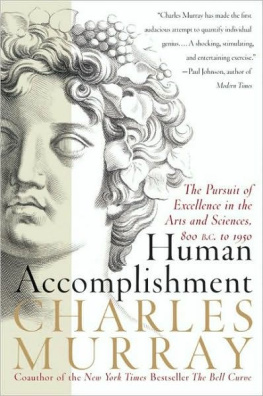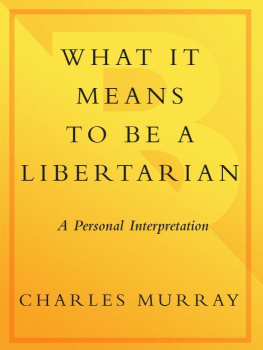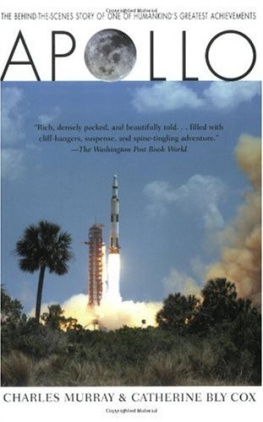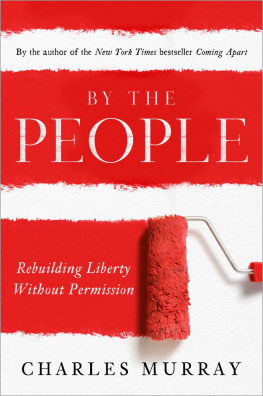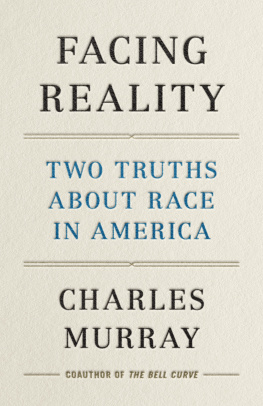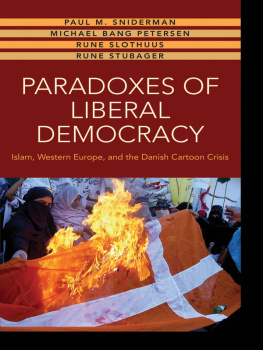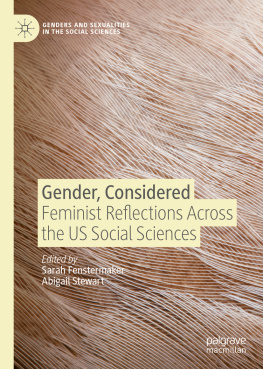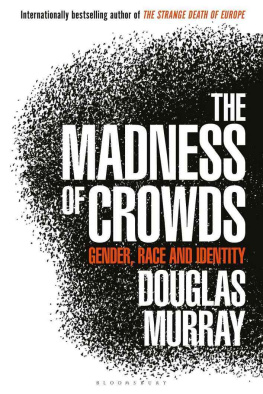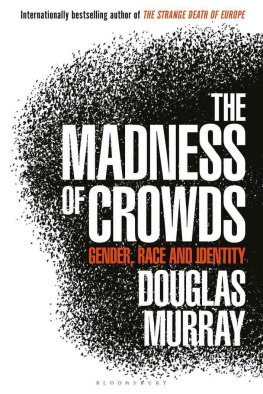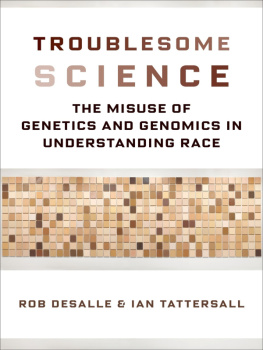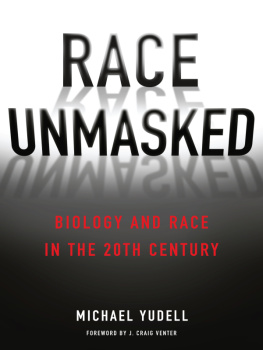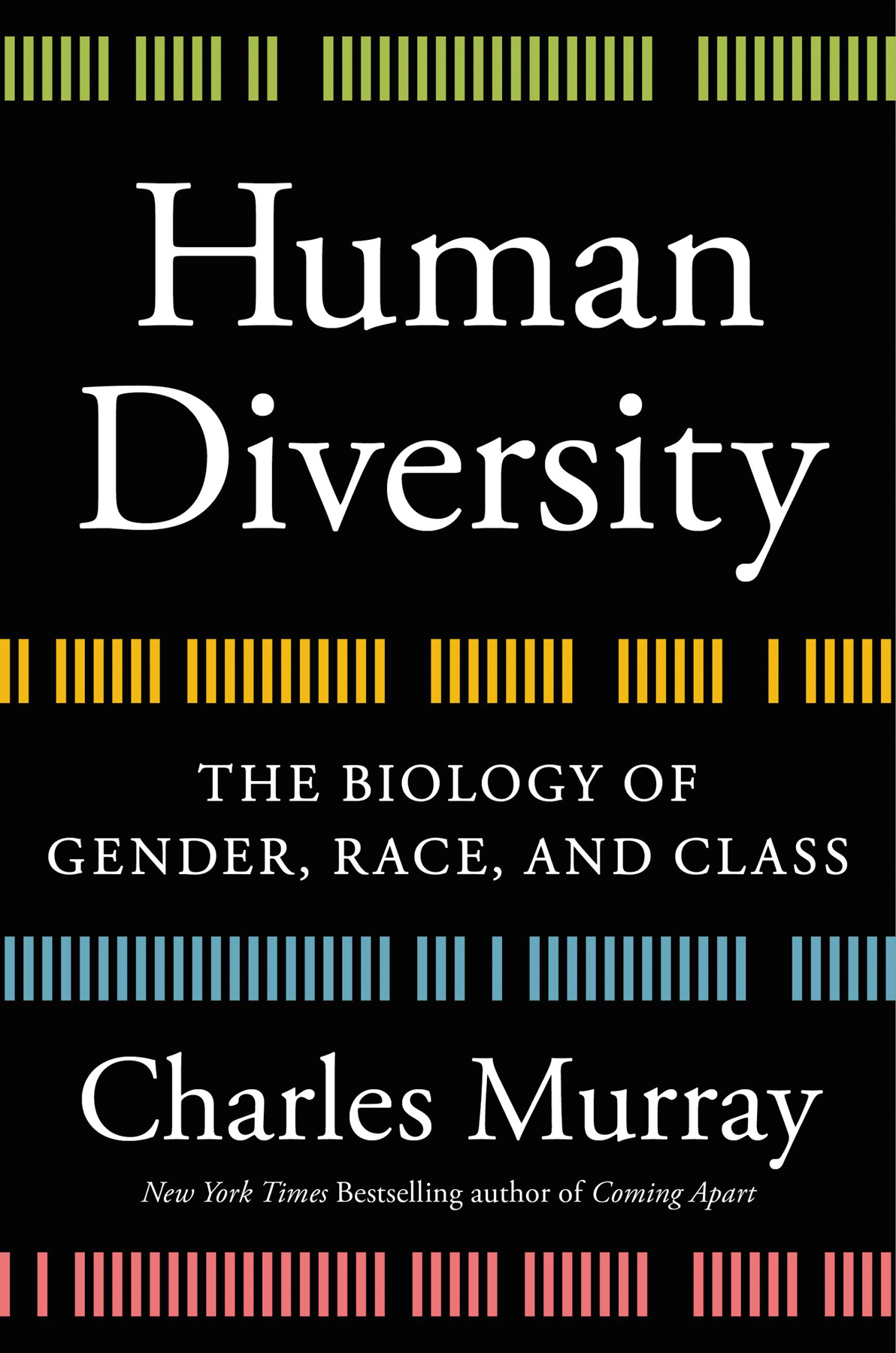Ive always thought of my intended reader as someone who enjoys reading the science section of the New York Timescurious about scientific matters, but someone who wants the gist of the science, not the minutiae. I need to keep the narrative moving. But I am conveying material that often has daunting technical complexities. Readers also need to be able to compare my claims with the details of the underlying evidence. I use my three favorite devices: Boxed text introduces related issues that are interesting but not essential. Appendixes provide full-scale discussions of important ancillary issues. Endnotes expand on points in the main text. But Human Diversity uses these devices, especially the endnotes, even more extensively than I have in the past. Some of the endnotes are full-scale essays, complete with tables. Brackets around a callout number for an endnote indicate that it contains at least a substantial paragraph of additional exposition.
For this complicated book, I have had to add a fourth device. In the past, I have usually been able to avoid technical jargon in the main text. Human Diversity doesnt give me that option. Too much material cannot be discussed without using technical terms that will be new to many readers. I therefore insert periodic interludes in the text to explain them.
I have also tried to make the book more accessible by my treatment of charts and tables. Sometimes the information in a figure or table is complicated enough to warrant giving it a title and traditional formatting. But often a simple graph of a trendline or a few summary statistics dont need the folderol. They can be integrated into the text so that you can absorb the simple point thats being made and move on.
I f you have picked up Human Diversity looking for bombshells, youll be disappointed. Im discussing some of the most incendiary topics in academia, but the subtext of the chapters to come is that everyone should calm down. The differences among human groups are interesting, not scary or earthshaking. If that sounds boring, this isnt the book for you.
If, on the other hand, you have reached this page convinced that gender, race, and class are all social constructs and that any claims to the contrary are pseudoscience, you wont get past the first few pages before you cant stand it anymore. This book isnt for you either.
Now that were alone, let me tell you what Human Diversity is about and why I wrote it.
The sciences form a hierarchy. Physics rests on mathematics, chemistry on physics, biology on chemistry, and, in principle, the social sciences on biology, wrote evolutionary biologist Robert Trivers. If so, this century should be an exhilarating time to be a social scientist. Until now, we social scientistsfor I am a member of that tribehave been second-class citizens of the scientific world, limited to data and methods that cast doubt on our claim to be truly part of the scientific project. Now, new possibilities are opening up.
Biology is not going to put us out of business. The new knowledge that geneticists and neuroscientists are providing, conjoined with the kinds of analyses we do best, will enable us to take giant strides in understanding how societies, polities, and economies really function. We are like physicists at the outset of the nineteenth century, who were poised at a moment in history that would produce Ampres and Faradays.
We ought to be excited, but we arent. Trivers again: Yet discipline after
Why the resistance? Because the social sciences have been in the grip of an orthodoxy that is scared stiff of biology.
The Orthodoxy
The core doctrine of the orthodoxy in the social sciences is a particular understanding of human equality. I dont mean equality in the sense of Americas traditional idealall are equal in the eyes of God, have equal inherent dignity, and should be treated equally under the lawbut equality in the sense of sameness. Call it the sameness premise: In a properly run society, people of all human groupings will have similar life outcomes. Individuals might have differences in abilities, the orthodoxy (usually) acknowledges, but groups do not have inborn differences in the distributions of those abilities, except for undeniable ones such as height, upper body strength, and skin color. Inside the cranium, all groups are the same.
The sameness premise theoretically applies to any method of grouping people, but three of them have dominated the discussion for a long time: gender, race, and socioeconomic class. Rephrased in terms of those groups, the sameness premise holds that whatever their gender, race, or the class they are born into, people in every group should become electrical engineers, nurture toddlers, win chess tournaments, and write sci-fi novels in roughly equal proportions. They should have similar distributions of family income, mental health, and life expectancy. Large group differences in these life outcomes are prima facie evidence of social, cultural, and governmental defects that can be corrected by appropriate public policy.
The intellectual origins of the orthodoxy go back more than three centuries to the early days of the Enlightenment and the concept of humans as blank slates. The explicit rejection of a role for biology in the social sciences occurred from the end of the nineteenth through the beginning of the twentieth centuries, with the leading roles played by mile Durkheim in sociology, Franz Boas in anthropology, and John Watson in psychology.


